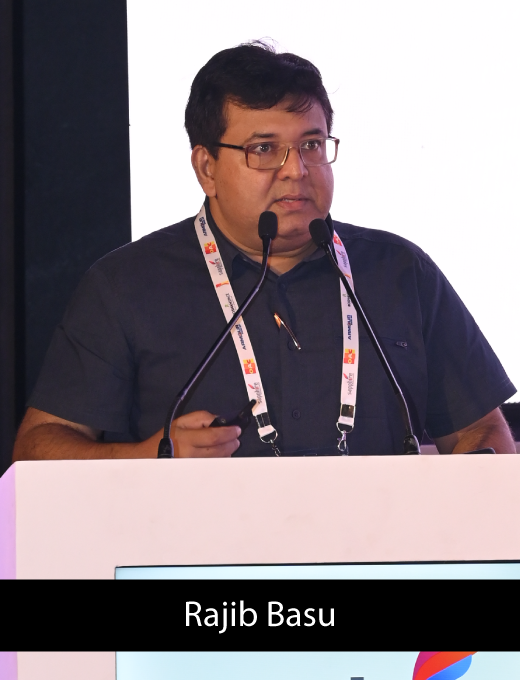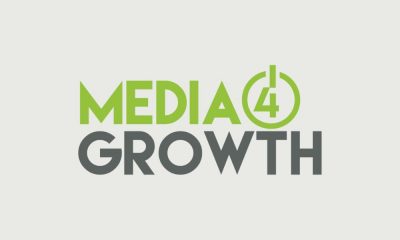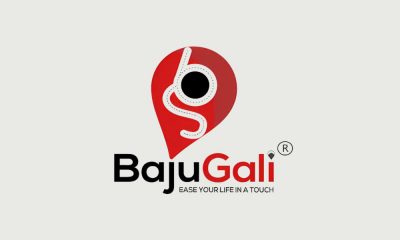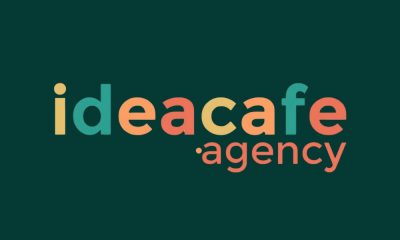OAC
‘Information overload has led to shorter attention spans’
With the rise of short form of content and the sheer amount of it, consumer attention has become the new currency that brands are vying for says Rajib Basu, Partner, PwC India.
 ‘Today, there is an information overload which has led to shorter attention spans, fragmentation of audience thereby making ‘attention’ a form of currency which brands are competing for’ said Rajib Basu, Partner, PwC India during his talk ‘What’s attention economy got to do with media: Direction finders for OOH’ at the recently concluded Outdoor Advertising Convention 2023 held in Delhi. Mr. Basu spoke on the Attention Economy and its characteristics, how it affects audience behaviour, it’s impact on media and how advertisers to need to respond to these changes.
‘Today, there is an information overload which has led to shorter attention spans, fragmentation of audience thereby making ‘attention’ a form of currency which brands are competing for’ said Rajib Basu, Partner, PwC India during his talk ‘What’s attention economy got to do with media: Direction finders for OOH’ at the recently concluded Outdoor Advertising Convention 2023 held in Delhi. Mr. Basu spoke on the Attention Economy and its characteristics, how it affects audience behaviour, it’s impact on media and how advertisers to need to respond to these changes.
Almost all consumers, perhaps including ourselves, spend a significant time of our day looking through our phone consuming various forms of media and information and this has led to what Mr. Basu described as ‘attention fatigue’. He pointed out that on average, a person may view up to 3,000 ad messages in a single day! And this is the challenge that brands are facing today – being mentally available in the minds of consumers during a time of information overload.
Citing a case study by the Harvard Business Review, Mr. Basu pointed out that while it inevitable that a person may view numerous ads in a day, if the ads have high entertainment value then the likelihood of the viewer to watch the full ad increases which further improves the chances of them purchasing the product or service. In this sense, he urged advertisers to rethink their strategy based on attention contingency i.e. the quality of attention available. Marketers must consider methods such as lean advertising and viral ad symbiosis to help mitigate the rising cost of attention.


























